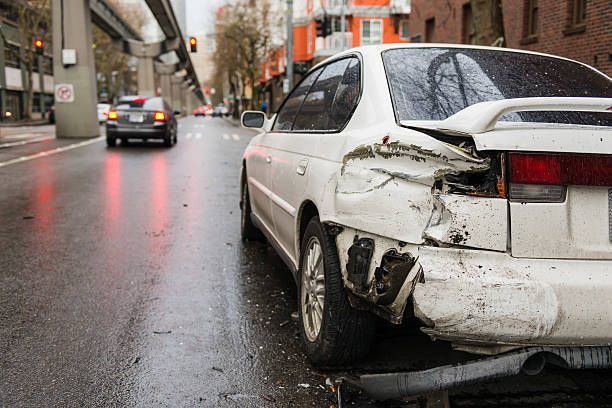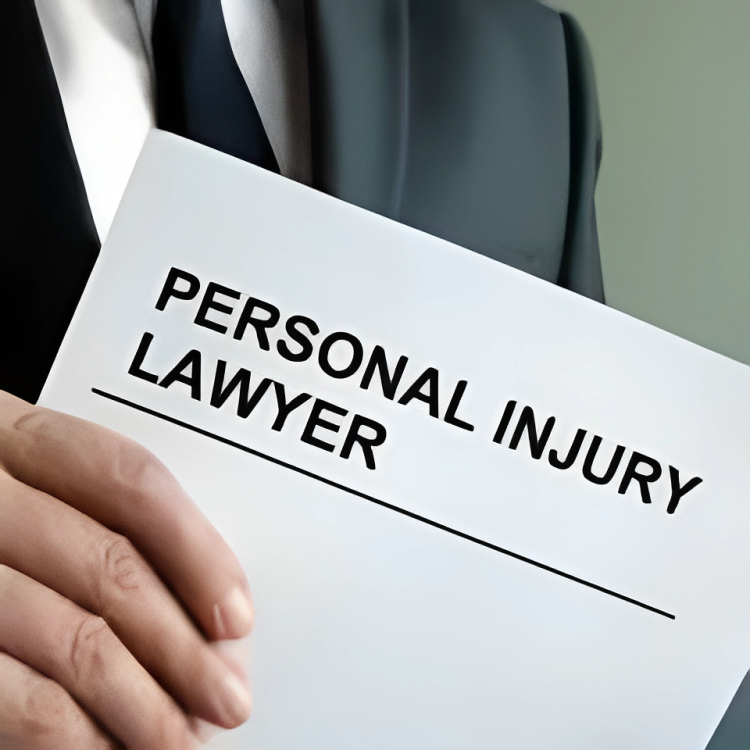Denver Metro: 720-588-9120 Colorado Springs: 719-888-6118
What Does the Personal Injury Lawsuit Timeline Look Like?
Navigating the Personal Injury Lawsuit Timeline: What You Can Expect Along the Way
KEY TAKEAWAYS:
- Here’s a quick breakdown of the standard personal injury lawsuit timeline
:
- Seek medical attention for you injuries FIRST
- Consult with a personal injury attorney
- The investigation and evidence-gathering process begins
- The formal, legal complaint is filed
- Information is exchanged between both legal parties
- Settlements are negotiated
- Trial preparation begins
- The trial takes place
- Any post-trial motions and appeals are filed

Filing a personal injury lawsuit is an overwhelming process, especially if you’ve never had to do so before. Whether it’s a car accident, slip and fall, or any other incident caused by someone else’s negligence, your case is important, and you feel completely insufficient to handle it on your own. But the good news is this: you don’t have to! Personal injury attorneys are here to help you navigate your case and get the best settlement possible.
So, what does the personal injury lawsuit timeline look like?
If you’ve never worked with a personal injury attorney before, then you’re probably nervous about taking your case to court. But understanding the personal injury lawsuit timeline can ease some of the stress and uncertainty during this challenging time. Let’s walk through the journey and shed some light on what you can expect.
1. Seek Medical Attention: Put Your Health First
First things first: your health matters most. If you haven’t done so already, you need to seek immediate medical attention. Your health and well-being are top priorities. Don’t worry about the medical bills just yet — just be sure to document your injuries. Keep all of your medical records, bills and reports, as they will be crucial to building your claim. Should you win the case, your medical bills will be paid for by the at-fault party.
2. Consult with a Personal Injury Attorney: Find the Right Support
Once you’ve addressed your health needs, it’s time to seek legal assistance. Contact reputable personal injury attorneys to discuss the details of your case during a consultation. Most personal injury attorneys offer free consultations, so you won’t have to worry about paying the big-bucks to consult a lawyer about your case. During your initial consultation, a lawyer will listen to your story, assess the potential strengths and challenges of your case, and advise you on the best course of action.
3. Investigation and Evidence-Gathering: Build a Strong Case
The next step in the personal injury lawsuit timeline is the evidence-gathering phase. Once you’ve chosen your personal injury attorney, they’ll begin the crucial process of investigating your case. This includes gathering evidence, interviewing witnesses, and obtaining any necessary documentation. Building a strong case takes time, as it’s important to make sure that no stone is left unturned!
4. File the Complaint: Initiate the Lawsuit
With the evidence in hand, your personal injury attorney will file a formal complaint on your behalf. This legal document outlines the details of your case, the injuries you’ve suffered, and the damages you seek. The defendant will then have a designated time to respond to the complaint.
5. Discovery Phase: Fact-Finding and Exchange of Information
The discovery phase is one of the most important steps in the personal injury lawsuit timeline. This is where both sides exchange information and facts related to the case. This includes written questions (interrogatories), document requests, and depositions. The discovery process can take several months, depending on the complexity of your case.
6. Settlement Negotiations: Seek Fair Compensation
Many personal injury cases are resolved through settlement negotiations before going to trial. Your attorney will work tirelessly to negotiate a fair settlement on your behalf. While some cases settle quickly, others may take time as both parties aim to reach a resolution that addresses your needs and losses.
7. Trial Preparation: Get Ready for Court
If a settlement isn’t reached during negotiations, your case will proceed to trial. Your attorney will prepare extensively for the courtroom battle, ensuring all aspects of your case are well-documented and presented convincingly to the judge and jury.
8. Trial and Verdict: Seek Justice
At trial, both sides will present their evidence and arguments. The judge or jury will then make a decision, and a verdict will be reached. The length of the trial process can vary depending on the complexity of the case and the court’s schedule.
9. Post-Trial Motions and Appeals: Ensure Fairness
Following the verdict, either party may file post-trial motions or appeals if they believe there were errors or injustices during the trial. This can add more time to the overall timeline.
10. Resolution and Closure: Get the Compensation You Deserve
The final step in the personal injury lawsuit timeline is resolution and closure. Once all legal matters are resolved, you’ll reach a final resolution – whether through settlement or trial verdict. If successful, you’ll receive the compensation you deserve for your injuries, medical expenses, lost wages, and emotional suffering.
Consult with a Personal Injury Attorney at Frederick | Ganderton LLP
If you or a loved one have suffered a personal injury and are seeking justice and fair compensation, don’t navigate the legal process alone. Contact our top-rated personal injury attorneys at Frederick | Ganderton LLP in Colorado! We have a proven track record of successfully handling personal injury cases, and we’ll fight diligently to protect your rights. Request a free consultation today and take the first step towards getting the compensation and closure that you deserve!






CONTACT INFORMATION
Denver Office
Greenwood Village: 720-588-9120
5500 Greenwood Plaza Blvd Suite 130, Greenwood Village, CO 80111
Colorado Springs Office
Colorado Springs: 719-888-6118
6745 Rangewood Dr # 107, Colorado Springs, CO 80918





